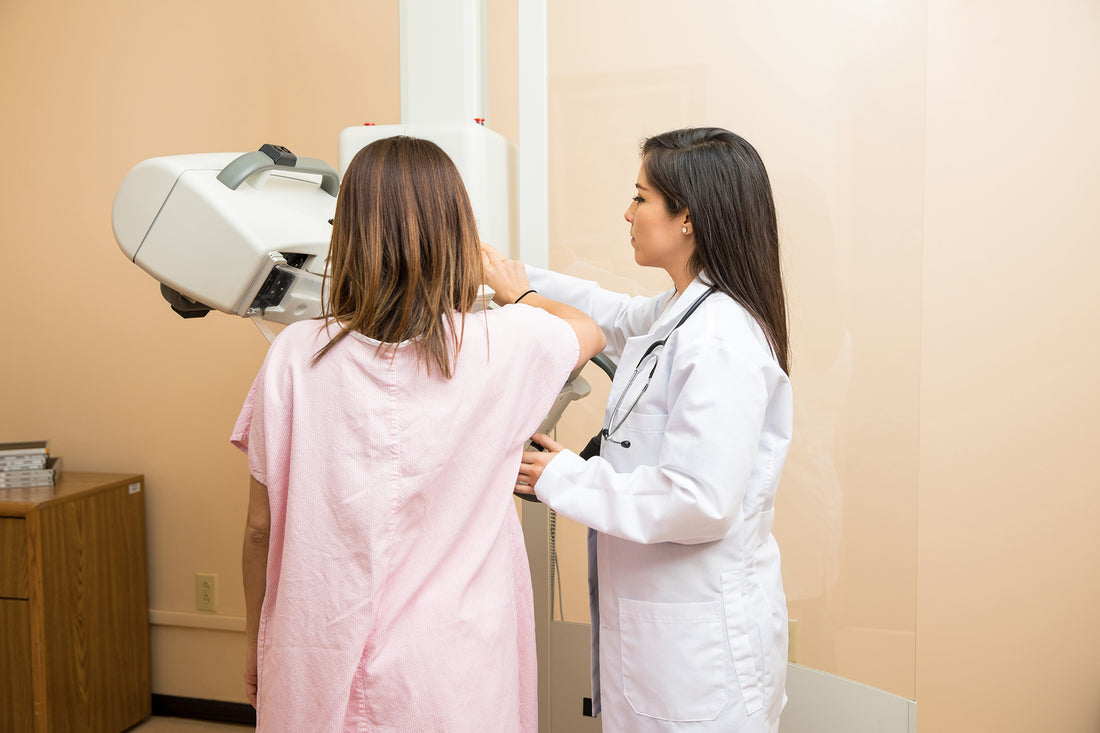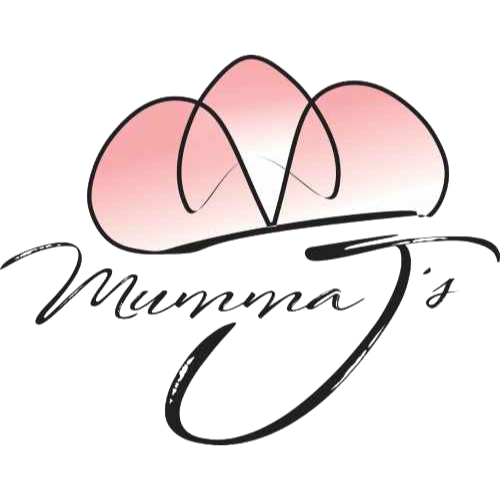
Have boobs? Give them some TLC
Share
Breast cancer is the most common cancer for Kiwi women. Nine New Zealand women, on average, will hear the news today that they have breast cancer. Think about that for a minute – for every eight women you know, one of them will be diagnosed or suffer from breast cancer.
Julie has her own story, which you can read here – and it’s a big contributor to the reasons for starting Mumma J’s and the natural products she creates. It’s not hard to hear about stories from mild through to traumatic – everyone knows someone.
A 60+ year old woman in the Bay of Plenty attended her regular mammogram. She knew that most breast cancers occur in women over 50 years of age. Something very small showed up. It was removed and a few radiation treatments later it’s all gone. This one was so mild that she doesn’t like to call it the big C, so she refers to it as having abnormal cells – because she has heard the horror stories of women who don’t check and don’t discover.
Another woman in her 50s had a lump that grew to four times its size in the space of a few weeks. She endured surgery for a mastectomy – the removal of the entire breast. Once recovered another surgery was had to rebuild her breasts using implants and muscles taken from her back. Unfortunately, there were infections and the whole experience was a very drawn-out ordeal.
Lumps can be found that aren’t cancer called fibroadenoma (fy-broe-ad-uh-no-muh). It happens most often between ages 15 and 35. The cause is not known, but suggestions include alcohol, smoking and stress. One such woman in her 20s has been dealing with multiple lumps. She gets checks regularly to keep track of them and ensure nothing changes. Over time they have dissipated (likely as hormones reduce).
The message is clear. To avoid the “big C”, perform TLC on your own breasts. There’s no ‘right’ way to check your breasts. It’s just important to know your normal and check regularly for any unusual changes. The best time to do a self-check is usually the week after your period, when your breasts aren’t as tender or lumpy.

TOUCH: self-checking is about feeling for changes that aren’t normal for you. This may be a lump, thickened area, or anything that feels totally different from any other area in your breasts.
LOOK: this is a very important part of checking your breasts as some breast cancers are detected by visual signs such as skin changes, change in shape, new nipple inversion, dimpling on the skin or crusting on the nipple. Be aware of any discharge coming from the nipple (without squeezing).
CHECK: it can be scary to find a change that doesn’t feel or look normal, but it’s important to get any concerning signs checked out by your GP, even if you’ve had a mammogram recently.
Not sure how to check on your own breasts? The Breast Cancer Foundation NZ has produced a video to show you how.
Breastscreen Aotearoa provides free mammograms for women with no symptoms of breast cancer, between the ages of 45-69, every two years. You can read more about their process here. This is how Julie found out about her breast cancer and because she did, she is now cancer free.
One thing many breast cancer survivors have in common is caring about what they put on and in their bodies. This is how Mumma J’s was started – with her My Oil product that helps heal scarring, reduces lines and helps prevent the build-up of scar tissue.
“It’s five minutes with a little discomfort, but at the end of the day it could save your life.”
Julie Holder – Mumma J’s
